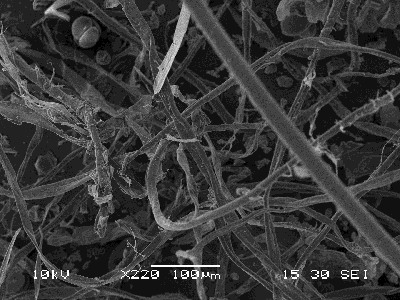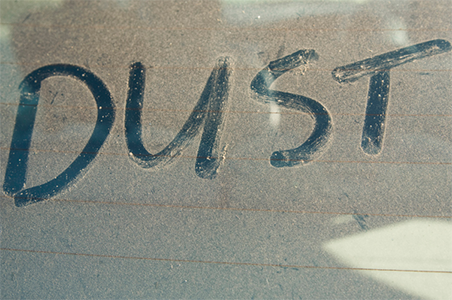Seminar
Dust in the wind: the microbial ecology of indoor and outdoor air

Noah Fierer, Department of Ecology & Evolutionary Biology, University of Colorado, Boulder
Wednesday, February 10, 2016, 3:30 pm Mountain Time
DSRC 2A305
Abstract
Microorganisms are ubiquitous in both indoor and outdoor air. Every time we breathe we are inhaling thousands of bacterial and fungal cells. Although most of these microbes are innocuous, it is well-established that some airborne bacteria and fungi can have important effects on human health, and the health of plants and livestock. However, we have a limited understanding of how these airborne communities vary across different geographic regions or the factors that structure the biogeographical patterns of airborne microbes. We conducted a citizen science project that involved collecting dust samples from inside and outside ~1,500 households located across the U.S. to understand the continental-scale distributions of bacteria and fungi in the near-surface atmosphere and inside homes. We used high-throughput DNA sequencing approaches to assess the diversity and sources of these airborne bacteria and fungi, yielding our first insight into the continental-scale distributions of airborne microbes and how airborne microbial communities are influenced by climate, land-use, home occupants, and home design.


ALL Seminar attendees agree not to cite, quote, copy, or distribute material presented without the explicit written consent of the seminar presenter. Any opinions expressed in this seminar are those of the speaker alone and do not necessarily reflect the opinions of NOAA or CSL.